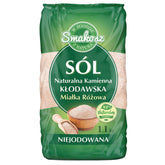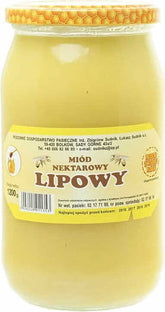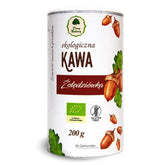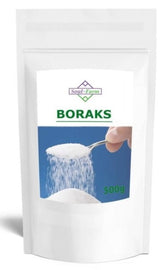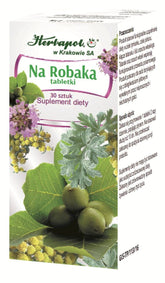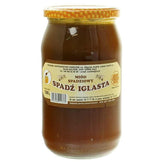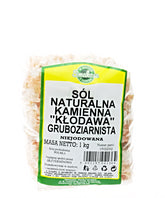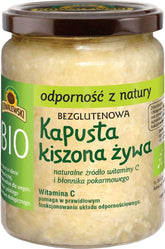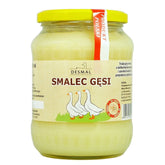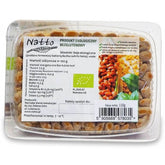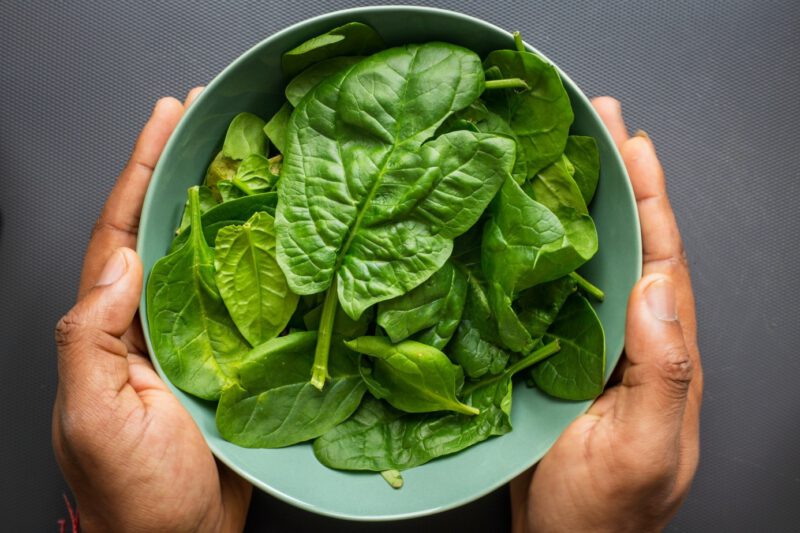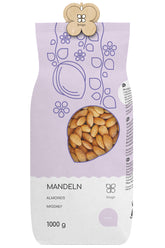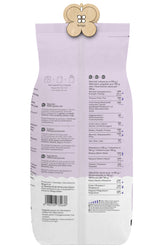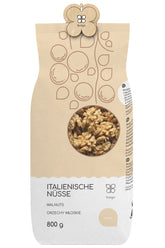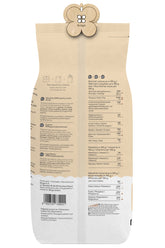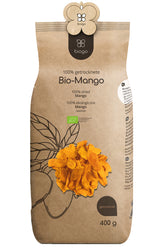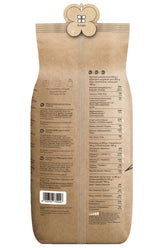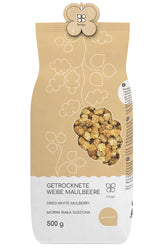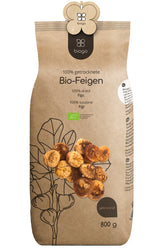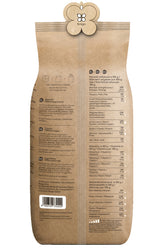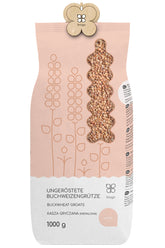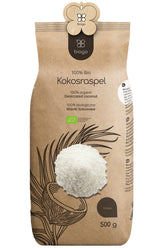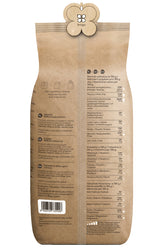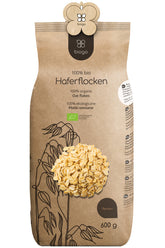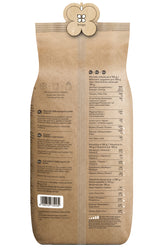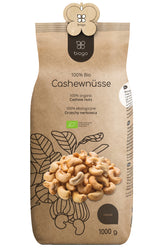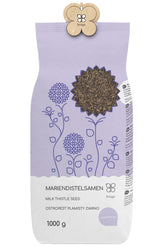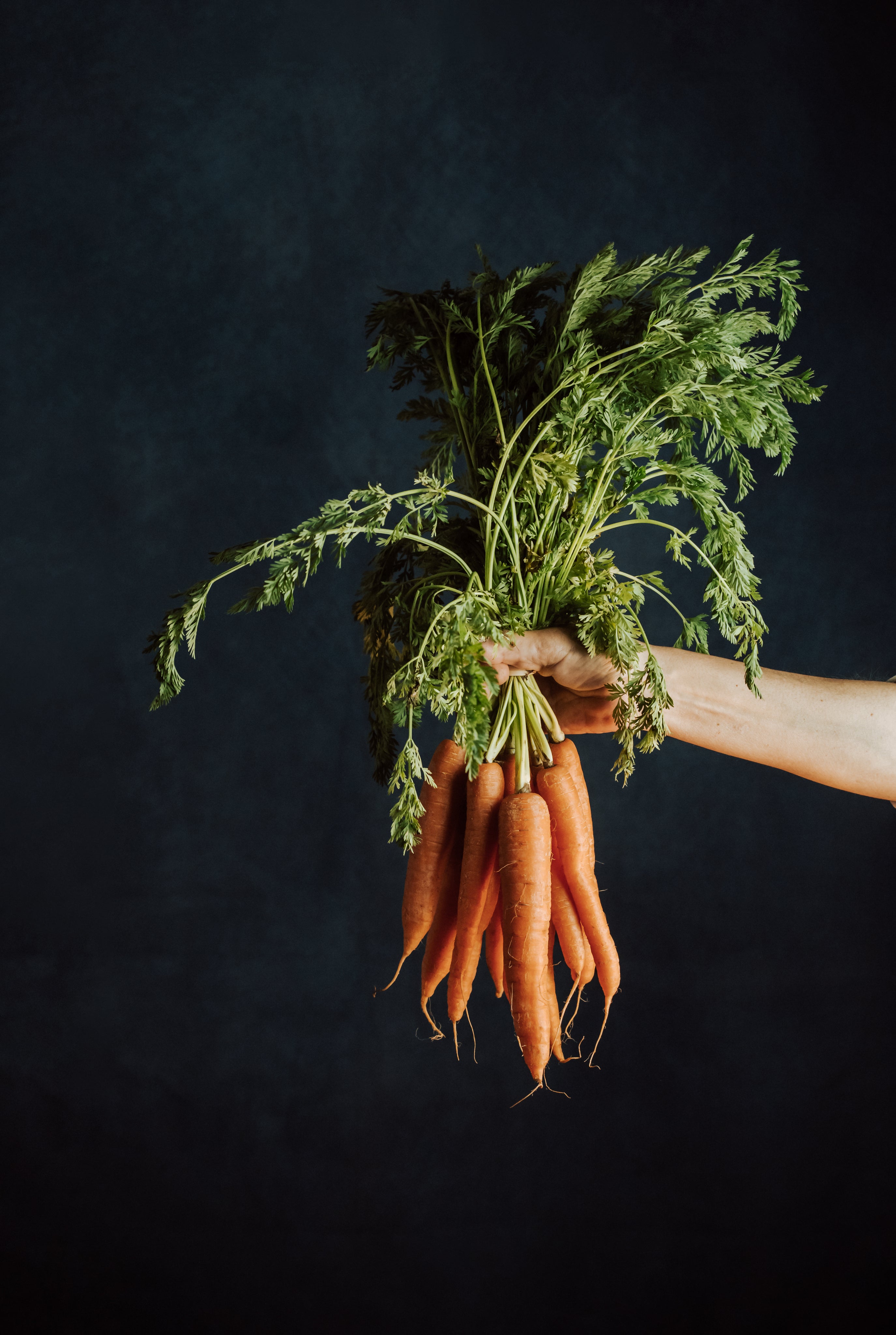Popeye's Power - a few words about spinach
- Properties of spinach
- Spinach has an effect
- Spinach contraindications
- Use spinach
- Summary
- Bibliography
Popeye the original is the hero of comics and short animated films created in 1929 by Elzie Crisler Segara in the USA. However, we most associate him with his inseparable attributes, namely a pipe and a can of spinach, and today I want to tell you about the latter. Does spinach really give you superhuman strength, and is it even healthy?
Properties of spinach
Spinach is a vegetable in the amaranth family and most likely originates from Asia. It has long been considered an extremely healthy vegetable. It's worth mentioning that spinach is now almost 100% cultivated and rarely found in the wild. In this respect, it's similar to soybeans, which have also been cultivated. However, it has many health benefits and is low in calories, with 100 grams of this vegetable containing only 23 kcal, including 2.9 grams of protein, 3.6 grams of carbohydrates, and 0.4 grams of fat. It also contains potassium, zinc, magnesium, and iron, as well as vitamins including folic acid and niacin, A, B, and C.
Spinach affects:
– influences the visual process and prevents cataracts and macular degeneration (beta-carotene, lutein and xanthine are absorbed five times better from cooked spinach), relieves the symptoms of conjunctivitis and dry eye syndrome
– is very useful for controlling body weight. Research has shown that spinach contains thylakoids. This substance reduces appetite, but also inhibits fat digestion and increases the effectiveness of weight loss. However, to fully utilize the aforementioned health-promoting properties, spinach should be thoroughly chopped and ground.
– Epoxyxanthophyll and violaxanthin reduce cancer activity, which leads us to believe that eating spinach may reduce the risk of cancer.
Spinach's potassium, folic acid, and low sodium content have a positive effect on the cardiovascular system (lowering blood pressure and reducing the risk of stroke and heart attack). Also worth mentioning is coenzyme Q10, which increases muscle strength, including the heart muscle. Glycoglycerolipids in spinach have anti-inflammatory, antibacterial, antifungal, and antiparasitic properties and protect against coronary heart disease.
Spinach contraindications
Okay, but let's not be too rosy. Spinach is not only a wonderful vegetable, it also has its downsides. It contains large amounts of oxalate salts, so its consumption is not recommended for people with urolithiasis, rheumatic diseases, gout, and stomach ulcers. Importantly, oxalic acid is an antinutrient and thus hinders the absorption of other substances. It also contains nitrates, which are harmful to the heart, especially in high doses. An interesting fact is that spinach packaged in plastic bags (especially chopped spinach) is perhaps the most toxic, as it converts nitrates into nitrites, which leads to impaired oxygen transport by hemoglobin in red blood cells. Spinach and romaine lettuce rank 7th and 9th, respectively, in the list of the 20 best foods in terms of ANDI (Aggregate Nutrient Density Index). Spinach ranks high 5th on the list of the 30 healthiest vegetables and fruits, which confirms its positive effect on our body.
Use spinach
The influence of cultivation and storage on the taste and nutritional value of spinach, as with other vegetables, is very important. Spinach is a very versatile plant. Although it consists of over 90% water, with a small amount of protein and carbohydrates, it is also an excellent source of other nutrients and important macro- and microelements, including vitamins, necessary for the proper functioning of the human body. This plant is rich in fiber (2.2 g/100 g) and also contains 20% of the daily intake of magnesium, 16% of potassium, and 15% of iron in 100 grams of the product. However, when it comes to vitamin content, it is second to none. Perhaps Papaj knew about the properties of spinach before scientists, who knows? It contains up to 600% of the recommended intake of vitamin K, 190% of vitamin A, 50% of folic acid, and 45% of the daily intake of vitamin C, making it one of the most valuable leafy vegetables.
Of course, the growing and storage methods have a significant impact on the final content of these health-promoting vitamins and minerals. An experiment was conducted in which spinach leaves exposed to different light intensities and storage temperatures were tested for nutrient concentrations. It was shown that proper leaf lighting allows the concentration of substances such as vitamins E, C, and E, as well as carotenoids and folic acid, to be maintained and sometimes even increased. Spinach is a plant grown during the cool autumn and winter months. It was decided to test whether the growing season influences its chemical composition. Spinach grown in late autumn contains more potassium, calcium, nitrogen, magnesium, and manganese than spinach grown in early winter, and spinach grown in early winter is richer in iron and phosphorus. The type of fertilizer used during cultivation also plays an important role: both organic and mineral. Organic fertilizer has been shown to produce the best results for this plant, resulting in a higher nutrient content.
Little known is the fact that spinach can be helpful in treating various ailments. These include conditions such as pneumonia, osteoporosis, flatulence, and the most widespread disease of modern civilization, obesity. Studies show that a spinach extract rich in thylakoids (a component of chloroplasts) prolongs postprandial satiety compared to a placebo. These compounds were administered to a group of volunteers after a meal containing 5 g of the extract or a placebo, respectively, and blood samples were then taken to determine glucose and lipid levels. According to their perception, the volunteers who received spinach described their feeling of satiety as significantly higher compared to those who did not consume it. At the same time, the effect on long-term appetite reduction was modest.
Research suggests that compounds found in spinach leaves can temporarily inhibit the release of hunger hormones like ghrelin while simultaneously releasing satiety hormones like cholecystokinin. Additionally, spinach is thought to reduce the absorption of fats from the digestive tract. Studies conducted on rats in 2018 showed a significant effect of spinach on reducing the activity of pancreatic lipase, which is responsible for digesting fats in the gastrointestinal tract, and subsequently reducing weight gain, even with a high-fat diet—potential hyperlipidemia is reduced by the high content of antioxidant compounds in this plant.
Summary
In conclusion, after analyzing the spinach phenomenon, it's less and less surprising that this plant was chosen as the source of papaya's superhuman strength. The way its properties are shown in the cartoon is exaggerated for obvious reasons, but the further you get into the forest, or rather into the spinach, the more surprising this plant is with its properties and, above all, its flavor. I remember my attitude towards spinach as a child; I must admit, I didn't like it. Over the years, it has changed and, for me, is one of the so-called "superfoods," which I try to often include in my daily diet and which I warmly recommend to you.
Bibliography:
- Otter D: Anti-Aging on Your Plate. AAAAM Publishing, Warsaw 2017.
- Achrem-Achremowicz J, Grabowska K, Ellnaim M: Structure, occurrence, and pharmacological activity of glycoglycerolipids. Farm Pol 2009; 65(3): 184–191.
- http://www.medrodzinna.pl/
- Wikipedia, the free encyclopedia
- Roberts JL, Moreau R: Functional properties of spinach (Spinacia oleracea L.) phytochemicals and bioactive compounds. Essensspaß 2016; 7(8): 3337–3353
- United States Department of Agriculture, Agriculture Research Service, National Nutrient Database for Standard Reference Legacy Release: 11457, Spinach, raw. https://ndb.nal.usda.gov/ndb/foods/show/11457. ___
- Lester GE, Makus DJ, Hodges DM: Relationship between fresh-packed leaf spinach exposure time—light or dark—and bioactive content: effects of variety, leaf size, and storage duration. J. Agric Food Chem 2010; 58(5): 2980-2987.
- Citak S, Sonmez S: Mineral content of organically and conventionally grown spinach (Spinacea oleracea L.) during two consecutive seasons. J. Agric Food Chem 2009; 57(17): 7892-7898.
- Panda V, Shinde P, Dande P: Consumption of Spinacia oleracea (Spinacia oleracea) and aerobic exercise controls obesity in rats through an effect on pancreatic lipase inhibitors. Bogen Physiol Biochemie 2018: 1-8.
- Sahebkar-Khorasani M., Jarahi L., Cramer H. et al.: Herbal medications for appetite suppression: A systematic review of randomized clinical trials. Supplement Ci Med 2019;44:242-252.
- Montelius C, Erlandsson D, Vitija E et al.: Body weight loss, reduced cravings for palatable food, and increased GLP-1 release by daily supplementation with green plant membranes for three months in overweight women. Appetit 2014; 81:295-304
- Roberts JL, Moreau R: Functional properties of spinach (Spinacia oleracea L.) phytochemicals and bioactive compounds. Food Fun 2016; 7(8): 3337–3353.
THE PUBLISHER'S CHOICE
Almonds 1 kg BIOGO
- £11.00
£13.00- £11.00
- Unit price
- / per
Walnuts 800 g BIOGO
- £8.00
£10.00- £8.00
- Unit price
- / per
Dried organic mango 400 g BIOGO
- £10.00
- £10.00
- Unit price
- / per
Dried White Mulberries 500 g ORGANIC
- £6.00
£7.00- £6.00
- Unit price
- / per
Dried organic figs 800 g BIOGO
- £27.00
- £27.00
- Unit price
- / per
Unpeeled buckwheat groats 1 kg BIOGO
- £3.00
£3.00- £3.00
- Unit price
- / per
Organic coconut flakes 500 g BIOGO
- £9.00
- £9.00
- Unit price
- / per
Organic oat flakes 600 g BIOGO
- £4.00
- £4.00
- Unit price
- / per
Organic cashew nuts 1 kg BIOGO
- £18.00
- £18.00
- Unit price
- / per
Milk thistle seeds 1 kg BIOGO
- £4.00
- £4.00
- Unit price
- / per

